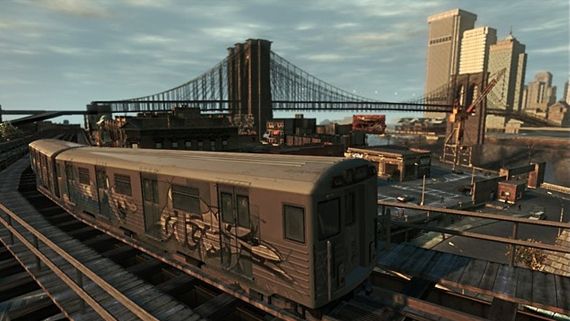
The reproduction of complex architectural physical realities has been made possible through the technological evolution of video games. The journey into fictional landscapes – buildings, cities, planets – has often become a central element of its conceptual design, the very fabric of both gameplay and narrative experience. It's a new media that is broadening the realm of architecture.
Permanence, beauty and function are critical elements in the foundation of a sense of place. But what are these new places? What do we call this emulation of the real whose single purpose is to serve the events within the game? Recent titles have expanded the frontiers of virtual environment, revealing wide territories and even entire cities. The reproduction of urban and suburban realities then becomes a main component of the very experience beyond the narrative that sustains it. Games now transcend the mere attainment of objectives to penetrate into the realm of inhabitance.
Architecture is establishing itself as a central component of video game design. It is an architecture that is no longer defined as support to the real, its artistic possibilities therefore becoming endless. Space and time serve to immerse the player in alternate, micro-realistic universes; vehicles to sustain alternate ideas of reality, projections and sceneries of simulated, subjective experiences, where anything can happen.
This article was originally posted on Nowherescape.